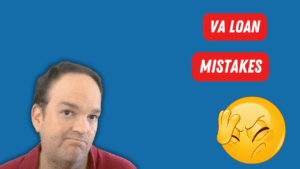
The 6 Most Common Mistakes That VA Homebuyers Make
Template The 6 Most Common Mistakes That First Time VA Homebuyers Make Buying your first home using a VA loan is an exciting milestone, especially
Carlos Scarpero- Mortgage Broker
If you’re a veteran or active-duty service member looking to make your home more energy-efficient while leveraging your VA loan benefits, the VA Energy Efficient Mortgage (EEM) program is worth understanding. This unique loan product is tailored specifically for financing energy upgrades that can reduce your utility bills and enhance your home’s sustainability. In this comprehensive guide, I’ll walk you through how the VA EEM works, what improvements qualify, the loan process, and some important considerations you need to know.
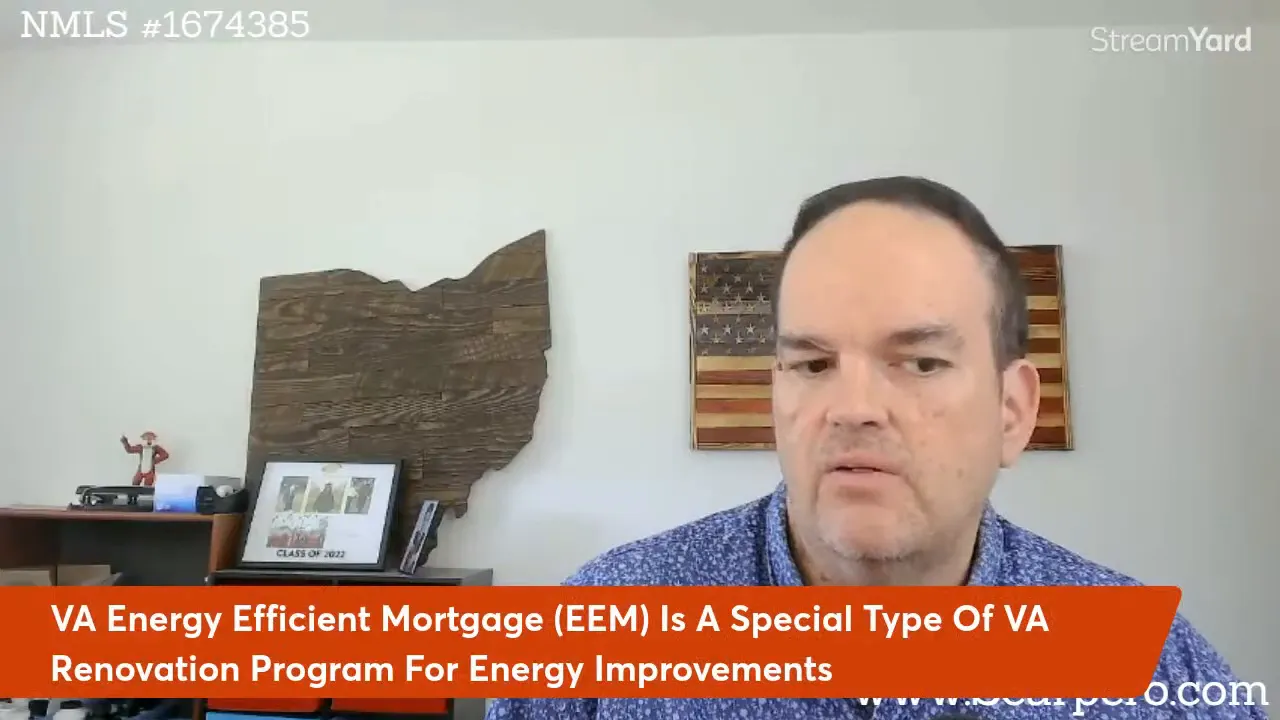
The VA Energy Efficient Mortgage is a special type of VA loan renovation product designed exclusively for energy improvements. Unlike the broader VA renovation program, which covers a wide range of home repairs and renovations, the EEM focuses solely on upgrades that improve your home’s energy efficiency. This focus means the program has a limited scope and smaller renovation amounts but benefits from lower closing costs, making it an attractive option for veterans who want to reduce energy consumption without a hefty price tag at closing.
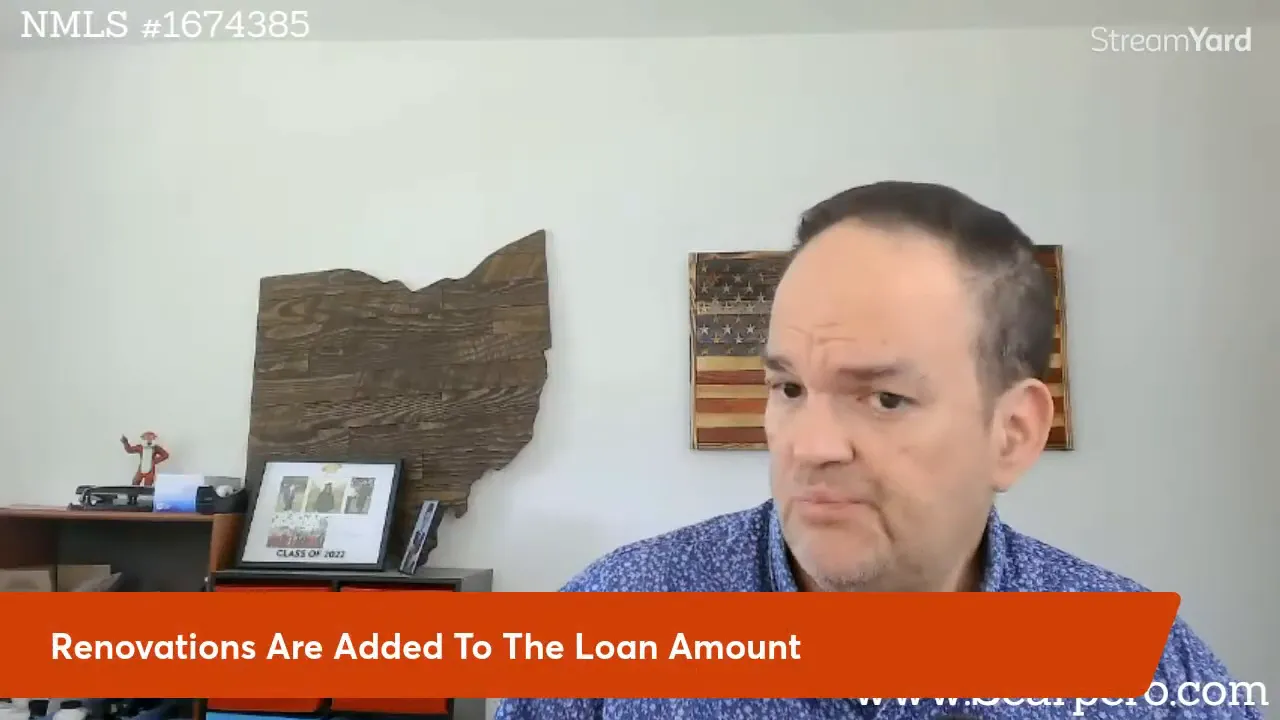
Like other renovation loans, the VA EEM requires submitting a contractor’s bid along with your loan package. The cost of the energy improvements is then added to your loan amount. However, it’s important to note that the energy upgrades financed under this program are restricted to specific categories, which we will discuss in detail next.
The VA EEM program only finances improvements that directly contribute to energy savings. The eligible upgrades include:
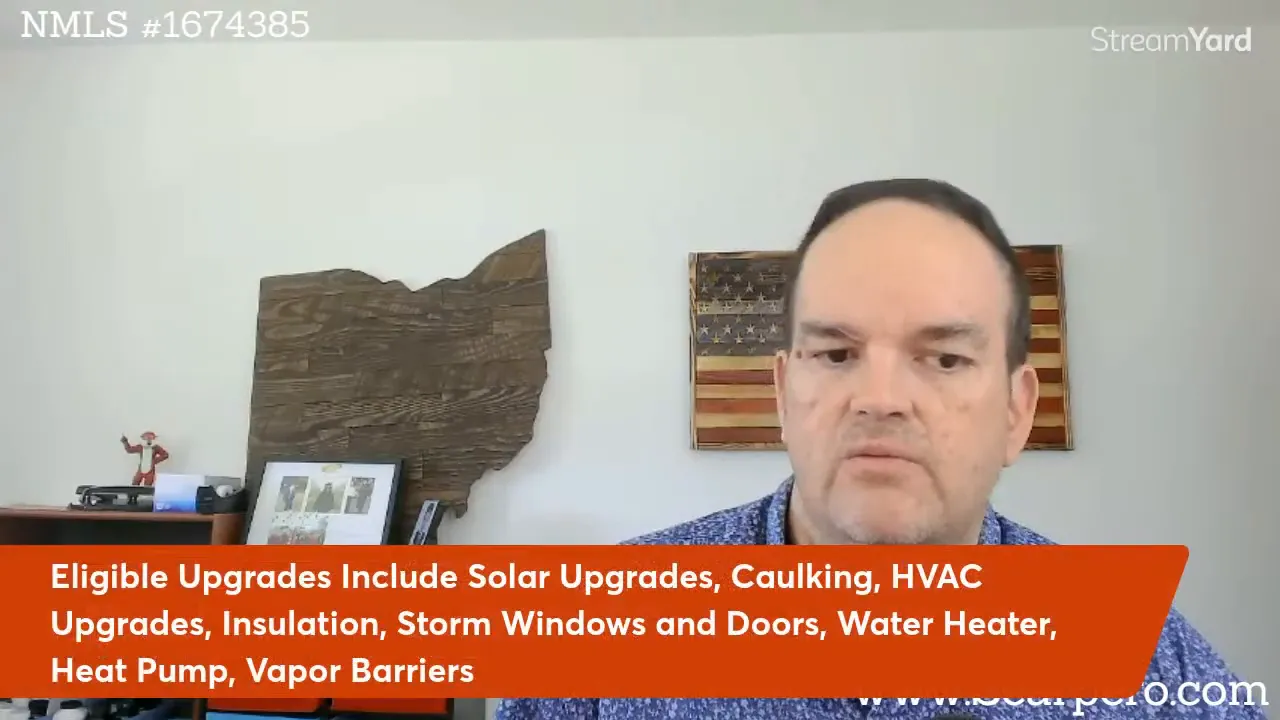
These upgrades are designed to reduce your home’s energy consumption, which can significantly lower your monthly utility bills over time. For example, adding insulation or upgrading your HVAC system not only improves comfort but also reduces the amount of energy your home uses for heating and cooling.
The VA EEM program allows you to add up to $6,000 to your loan amount for energy improvements. However, there are specific requirements based on the amount you choose to finance:
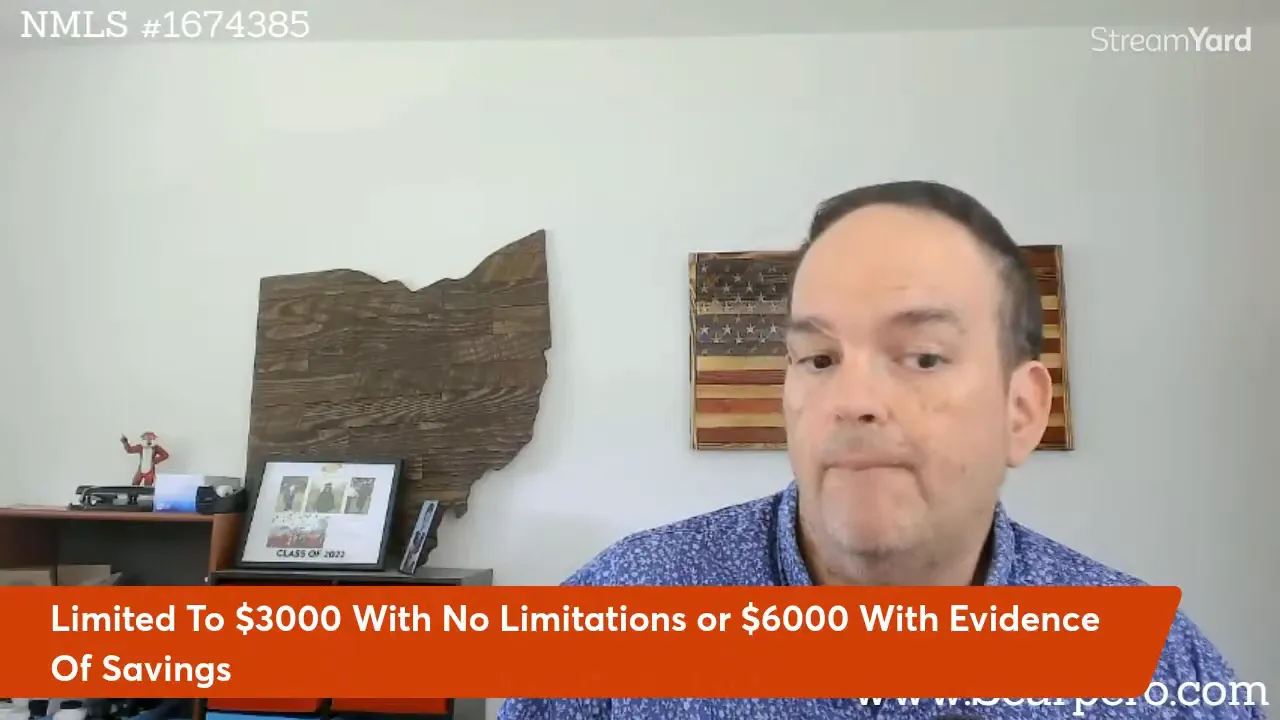
For example, if you’re insulating your home at a cost of $6,000 and expect to save $50 per month in energy bills, you can easily justify the higher loan amount. Those $50 monthly savings, spread over the 30-year term of your mortgage, more than cover the increase in your loan payment.
One of the most interesting aspects of the VA EEM program is that the cost of energy improvements does not have to be included in the appraised value of your home. To illustrate:
If your home appraises at $200,000 “as-is” and you add $6,000 in energy improvements through the EEM, your loan amount could be $206,000 — exceeding the appraised value.
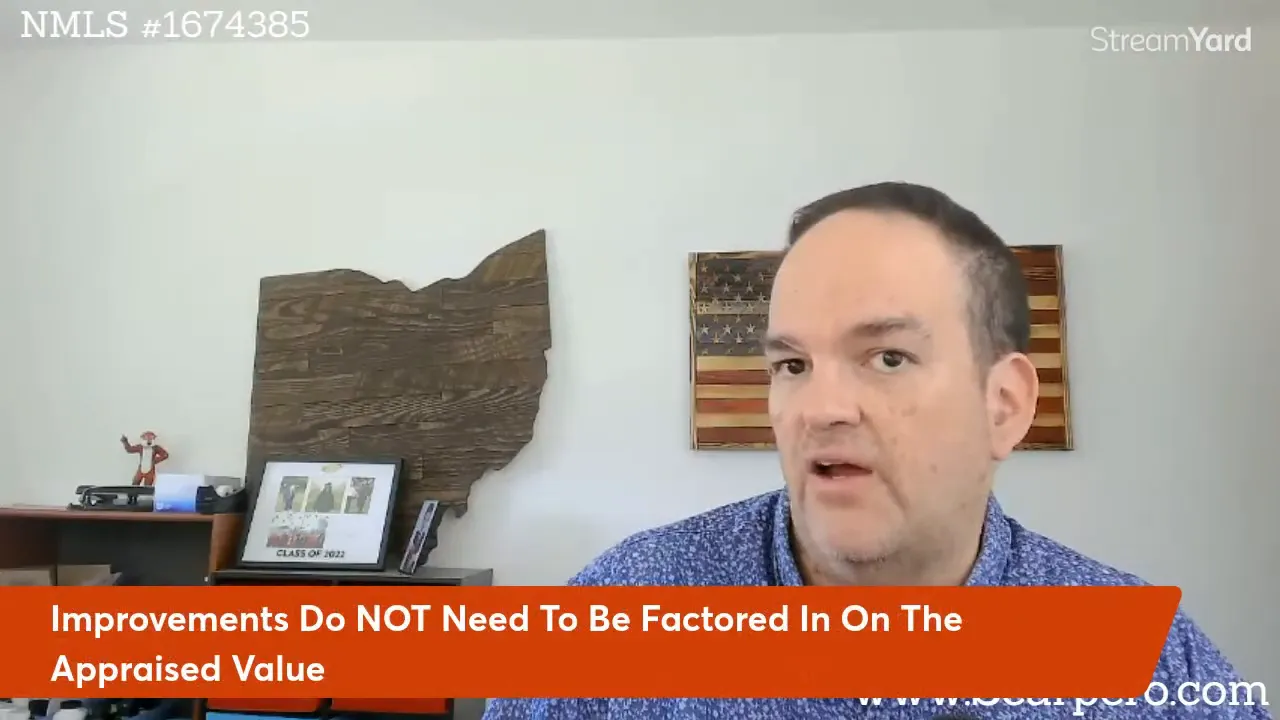
This is a key difference from the standard VA renovation program, where improvements must be factored into an “after improved” appraisal value. If the after-improved value does not support the renovation cost, you must cover the difference out of pocket. With the EEM, you do not face this limitation.
That said, this feature can result in a loan amount that is higher than your home’s appraised value, which is something to consider carefully. It means you could owe more than your home is currently worth, so understanding your financial situation is crucial before proceeding.
The VA EEM can be used in two scenarios:

However, this program cannot be used as a standalone loan just for energy improvements if you already own your home without a VA loan. If you want to take advantage of the EEM after purchasing a home with a conventional loan or cash, you would need to refinance your mortgage through the VA program to add the energy-efficient improvements.
The energy improvements financed through the VA EEM are typically completed after the loan closes. Here’s how the process works:
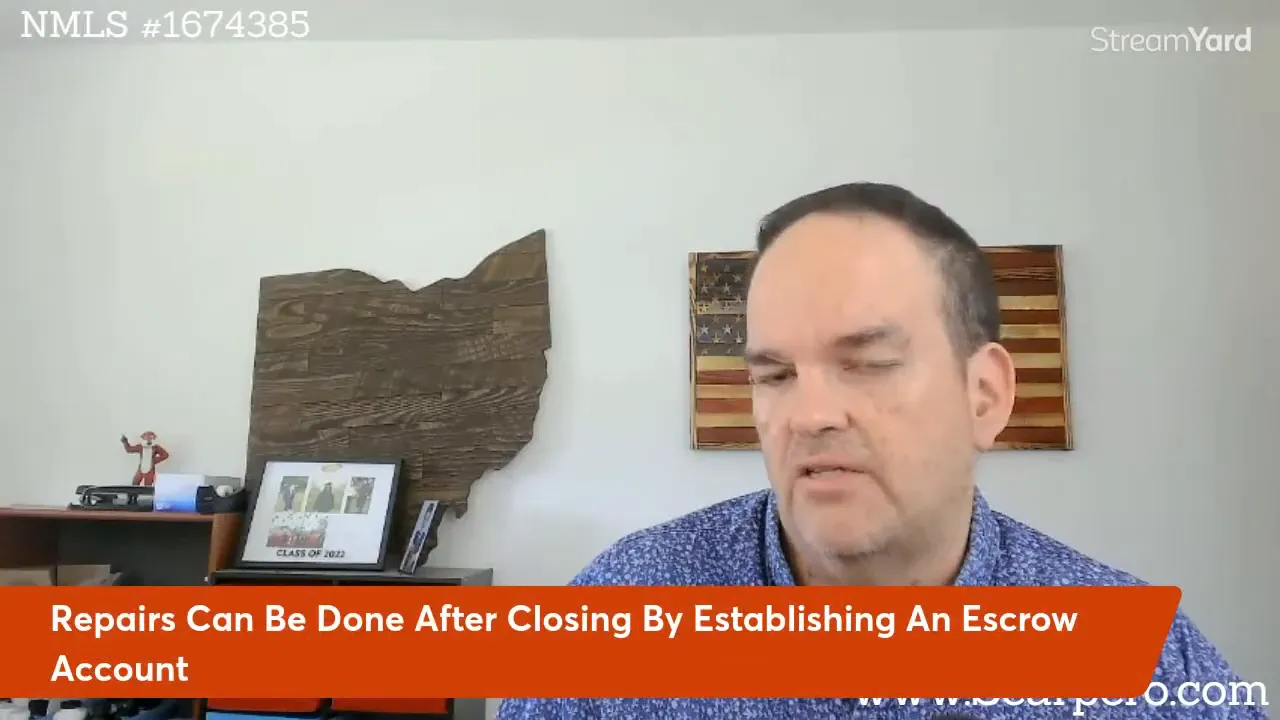
This process ensures that the funds allocated for energy improvements are properly managed and disbursed only for the intended purpose.
Despite its benefits, the VA EEM program is not widely offered by lenders. Even among experienced VA loan providers, few have the expertise or willingness to handle this specialized product. As a mortgage broker working with over 150 lenders, I can attest that only one lender I work with currently offers the VA EEM.
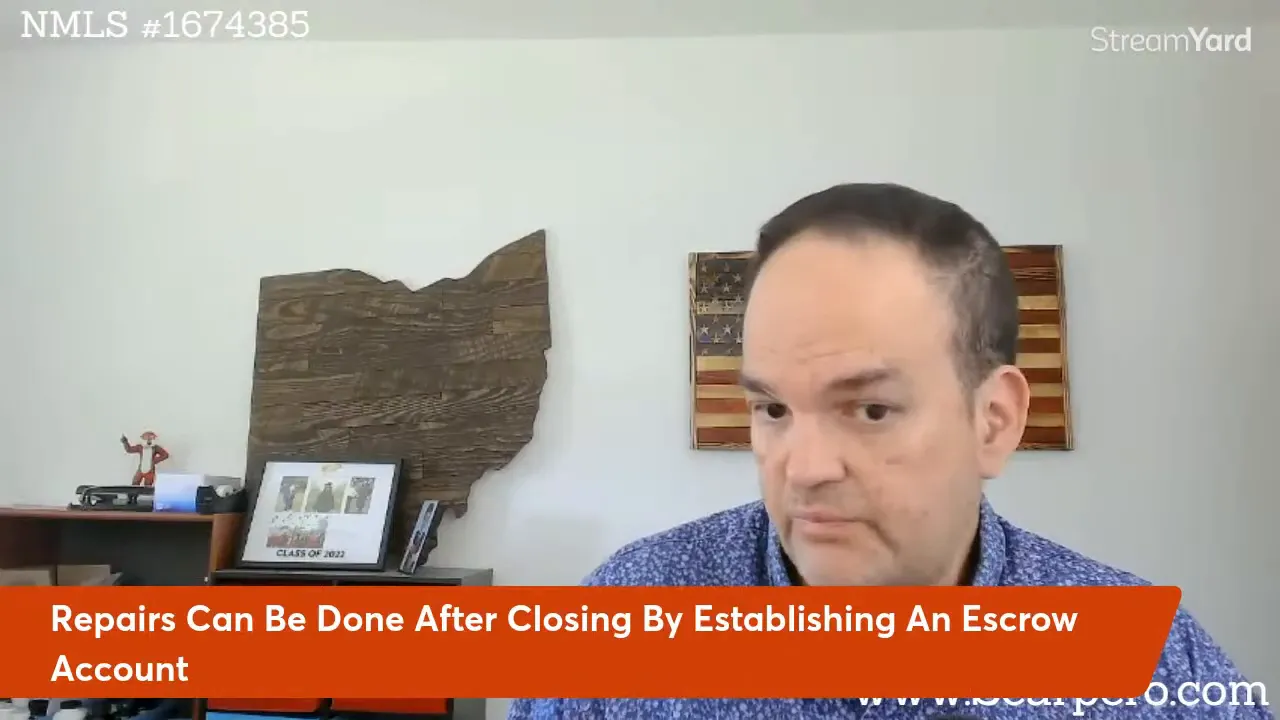
This limited availability can make it difficult for veterans and service members to access the program, so it’s important to work with knowledgeable professionals who understand the nuances of VA loans and the EEM product.
The VA Energy Efficient Mortgage program is a valuable tool for veterans and active-duty service members looking to make eco-friendly improvements to their homes. By financing energy upgrades through your VA loan, you can reduce monthly utility bills, increase your home’s comfort, and contribute to environmental conservation — all while benefiting from relatively low closing costs.
Key features to remember:
If you’re interested in exploring the VA Energy Efficient Mortgage program or have questions about VA loans in general, don’t hesitate to reach out to a trusted mortgage professional who can guide you through the process and help you maximize your benefits.
Eligible improvements include solar panels, HVAC upgrades, insulation, storm doors and windows, water heaters, heat pumps, caulking, and water vapor barriers. These upgrades must improve the home’s energy efficiency.
No, the VA EEM is limited to energy-efficient improvements only. For broader renovations, the standard VA renovation program would be more appropriate.
If your energy improvements cost between $3,000 and $6,000, you’ll need to provide utility bills or other documentation showing that the projected energy savings justify the increase in your mortgage payment.
Typically, improvements are completed after closing. An escrow account is set up at closing to hold funds for the repairs, and payments are made as work is completed.
No, it’s rare to find lenders offering this program. Many lenders lack experience with the VA EEM, so working with a knowledgeable mortgage broker or lender is key to accessing this benefit.
If you already own your home but want to use the VA EEM, you must refinance your existing mortgage with a VA loan that includes the energy-efficient improvements. It cannot be used as a standalone loan for improvements.
The cost of energy improvements financed through the VA EEM does not need to be included in the home’s appraised value. This means your loan amount can exceed the appraised value by the amount of the improvements.

Template The 6 Most Common Mistakes That First Time VA Homebuyers Make Buying your first home using a VA loan is an exciting milestone, especially
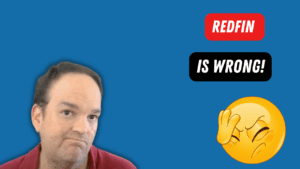
500,000 More Home Sellers Than Buyers? Don’t Believe the Hype Table of Contents Key Takeaways Understanding Redfin’s Viral Housing Study Contrasting Data from Realtor.com and
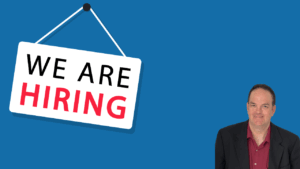
Template Edge Home Finance Is Hiring Loan Officers Table of Contents Key Takeaways Why commission structure matters: keep what you earn True broker relationships, with